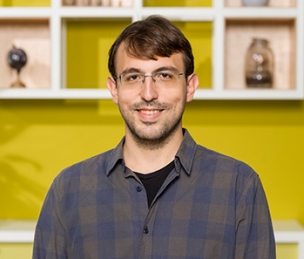Displaying 1 - 2 of 2
-
Alagöz, G., Eising, E., Mekki, Y., Bignardi, G., Fontanillas, P., 23andMe Research Team, Nivard, M. G., Luciano, M., Cox, N. J., Fisher, S. E., & Gordon, R. L. (2025). The shared genetic architecture and evolution of human language and musical rhythm. Nature Human Behaviour, 9, 376-390. doi:10.1038/s41562-024-02051-y.
Abstract
Rhythm and language-related traits are phenotypically correlated, but their genetic overlap is largely unknown. Here, we leveraged two large-scale genome-wide association studies performed to shed light on the shared genetics of rhythm (N=606,825) and dyslexia (N=1,138,870). Our results reveal an intricate shared genetic and neurobiological architecture, and lay groundwork for resolving longstanding debates about the potential co-evolution of human language and musical traits. -
Maskalenka, K., Alagöz, G., Krueger, F., Wright, J., Rostovskaya, M., Nakhuda, A., Bendall, A., Krueger, C., Walker, S., Scally, A., & Rugg-Gunn, P. J. (2023). NANOGP1, a tandem duplicate of NANOG, exhibits partial functional conservation in human naïve pluripotent stem cells. Development, 150(2): dev201155. doi:10.1242/dev.201155.
Abstract
Gene duplication events can drive evolution by providing genetic material for new gene functions, and they create opportunities for diverse developmental strategies to emerge between species. To study the contribution of duplicated genes to human early development, we examined the evolution and function of NANOGP1, a tandem duplicate of the transcription factor NANOG. We found that NANOGP1 and NANOG have overlapping but distinct expression profiles, with high NANOGP1 expression restricted to early epiblast cells and naïve-state pluripotent stem cells. Sequence analysis and epitope-tagging revealed that NANOGP1 is protein coding with an intact homeobox domain. The duplication that created NANOGP1 occurred earlier in primate evolution than previously thought and has been retained only in great apes, whereas Old World monkeys have disabled the gene in different ways, including homeodomain point mutations. NANOGP1 is a strong inducer of naïve pluripotency; however, unlike NANOG, it is not required to maintain the undifferentiated status of human naïve pluripotent cells. By retaining expression, sequence and partial functional conservation with its ancestral copy, NANOGP1 exemplifies how gene duplication and subfunctionalisation can contribute to transcription factor activity in human pluripotency and development.

Share this page